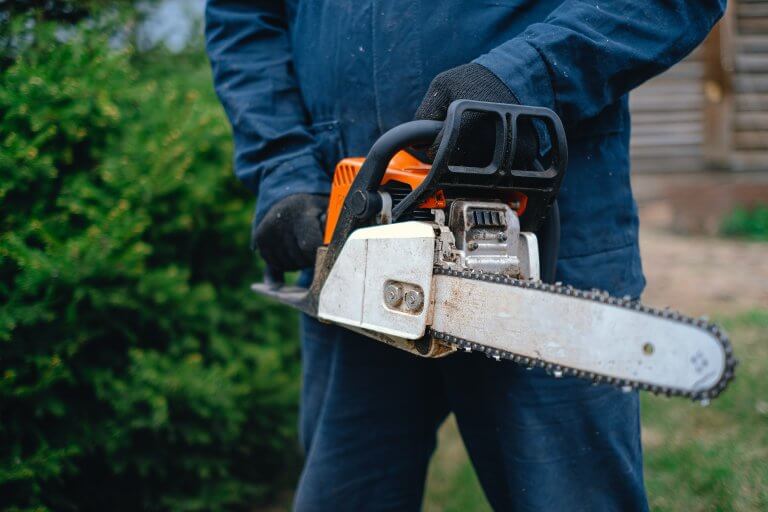How To Solder Jewelry – Expert Guide
Some people learn to solder jewelry as a hobby while others do so to find a source of income. Whichever the case, it is possible to learn the skill and become a master with persistency and keenness. This is a guide to get you started on the journey to soldering jewelry.
Tools Required when Soldering Jewelry
Most soldering tools are quite easy to find. Here are some of the tools that you will need:

Safety precautions
First and foremost, before we look at the steps involved in soldering, you need to observe some safety measures.
Steps on How To Solder Jewelry
Now that we have the materials we need and have taken safety measures, let us get down to work.
Prepare your working station
Gather all your tools and find a place that is well ventilated with proper lighting and away from a place where kids will be walking in and out. Fetch some water for cooling after soldering jewelry.
Prepare the metal
Cut your metal, it may be copper or silver, depending on the jewelry you wish to make. Fit the metal pieces together using tongs and tweezers then clean of grease and oil by putting the pieces in a pickle for some minutes. Once the cleaning is done, arrange the pieces on the heating block as you prepare for soldering.
Introduce the flux
Cut you solder in small pieces and flux. You can either use Battern’s flux, which is light yellow or borax-based flux. For Battern’s, you apply the flux on the place that needs soldering and apply the solder on the same site. Heat these together. For borax, the flux is applied to the area to be soldered and then heated until it looks like glass. After that, the solder is introduced.
Solder it
Use tweezers to place the solder between the joining areas of the metal. You need a small solder for these.
Torch the metal
Light your torch and heat the entire metal uniformly. The solder follows the heat, so avoid heating the solder directly. Heat the metal until you notice the solder running. Remove the heat as soon as the solder begins to run.
Cool the metal and get creative
Be careful when picking the hot metal and place into cold water for cooling. You can then inspect it to see if you are satisfied with the outcome or you need more soldering. If everything is right, you can go ahead and add some decorations, and if not, you can repeat the soldering as explained above.
Conclusion
As you start as a jeweler, you will need to do a lot of practice to master the skill. Do not get frustrated if you have to repeat the soldering a few times before you get the hang of it. With time, you will be able to do it as if it was a skill you were born with. Get creative and try new patterns. Never allow yourself to limit your creativity.
Here is the another informative article about the soldering flux, you can visit.

